Description
This bow is NOT FOR SALE. It is a customer’s bow, and as we have enjoyed it so much, we thought you would too!
From Sue Lipkins, Click here to visit her site.
For my wood selection, I like to start out with very dense pernambuco in the selection process for my bass bows.
This idea is contrary to what many other makers use for their bass bows, but I find that with the dense wood, I can make the stick thinner and still have a good orchestral weight to the bow. Most bowmakers would reserve their very best wood for violin, viola and cello bows but I like to use the very best for my bass bows.
As a bassist myself, I have had the good fortune to study and play many fine examples of historical French and German style bass bows. For the French style bows, I gravitate towards the Vignerons and Sartory models for their superb playability, which is what makes them so popular with bass players. For the German style bows, I draw inspiration from the classic H.R. Pfretzschner model, which in my opinion, is the ultimate in German bow playability. I offer two sizes of Pfretzschner frogs to my clients, and they choose which one they prefer depending upon their hand size.
The camber I put into my bows is conceived to allow the bow to spiccato well, yet lay into the string and stay connected throughout the whole hair length. The graduations of the stick are individually tailored to each piece of pernambuco, depending upon its strength, stiffness and weight characteristics.
I enjoy working with my clients to make a bow for them that will compensate for any shortcomings of their individual bass, such as a sound that is too bright or too dark, and/or sluggish string response. I choose a stick which will offer the preferred sound type and weight that the client requests.
The recent listing of pernambuco on the CITES II register, means that this wood is now officially “endangered”.
Thus it is incumbent upon any bowmaker who has a supply of pre-listed pernambuco to utilize each and every stick they have, despite knots or flaws in the wood. During the making of the bow, the heating and cambering (bending) of the stick culls out those sticks which have vulnerable knots and flaws which will cause the stick to break. Throughout the history of bowmaking, the great bowmakers used sticks with knots which had successfully survived the bending process and those bows survive to this day, many even seeing heavy daily professional use.
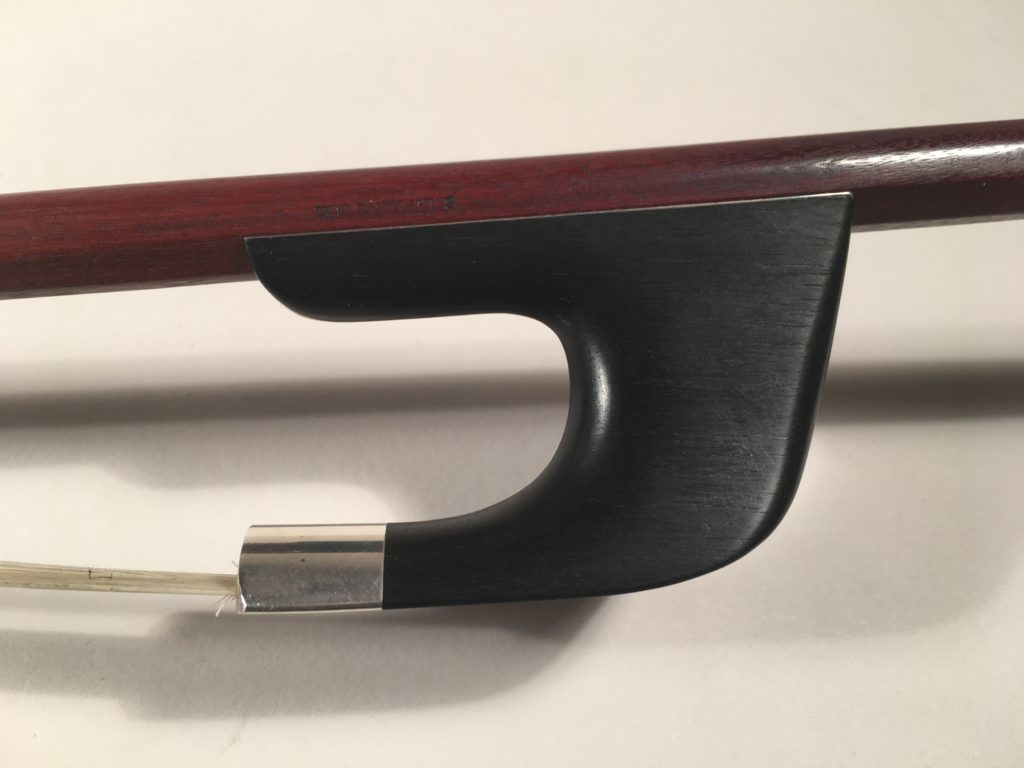
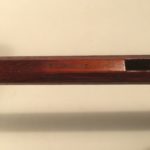
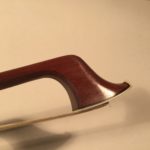
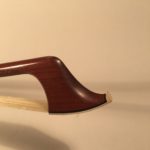
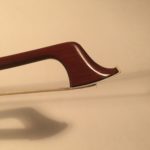
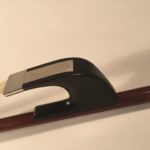
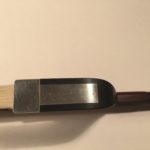
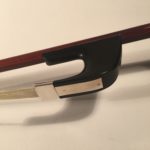
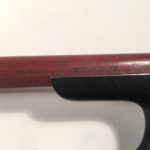
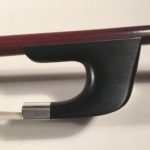
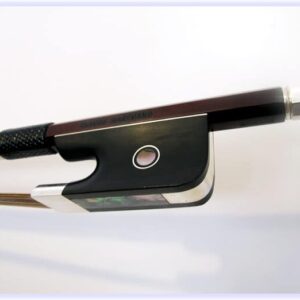
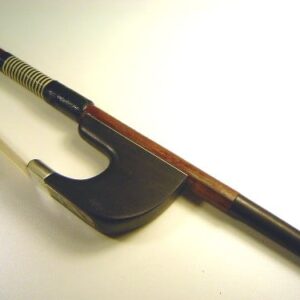
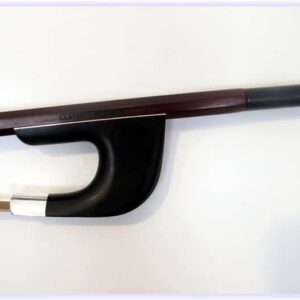
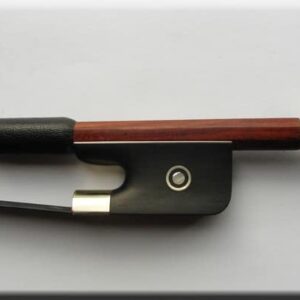
Reviews
There are no reviews yet.